The specific length of the oche distance in darts is meticulously chosen to provide a balance between skill, challenge, and fair play, ensuring consistent conditions for all players; it’s about making the game as competitive and equitable as possible. This article will delve into **why oche distance specific length** is what it is, exploring its historical development, the physics involved, and the impact on gameplay, covering everything from regulation compliance to the subtle advantages and disadvantages it presents.
⚠️ Still Using Pen & Paper (or a Chalkboard)?! ⚠️
Step into the future! The Dart Counter App handles all the scoring, suggests checkouts, and tracks your stats automatically. It's easier than you think!
Try the Smart Dart Counter App FREE!Ready for an upgrade? Click above!
The Importance of Standardized Oche Distance
The oche, that unassuming line on the floor, is the cornerstone of fair competition in darts. Its standardized distance is not arbitrary; it’s a result of careful consideration and, arguably, a bit of historical happenstance. A standardized distance ensures a level playing field. Without it, players could manipulate the game by choosing distances that favor their individual throwing styles. The official distance, measured from the face of the dartboard to the front edge of the oche, currently stands at 7 feet 9 1/4 inches (2.37 meters). For steel tip darts, this precise measurement is crucial, and minor deviations can significantly impact accuracy.
Think about it: a longer distance might favor taller players with longer arms, while a shorter distance could benefit those with a more compact throwing motion. The established length offers a sweet spot, demanding accuracy and consistency regardless of physical stature. This helps level the playing field for a more balanced and engaging competition. It also makes practicing and improving one’s game much more effective, since the distance you practice at home is the same you’ll encounter in competition.
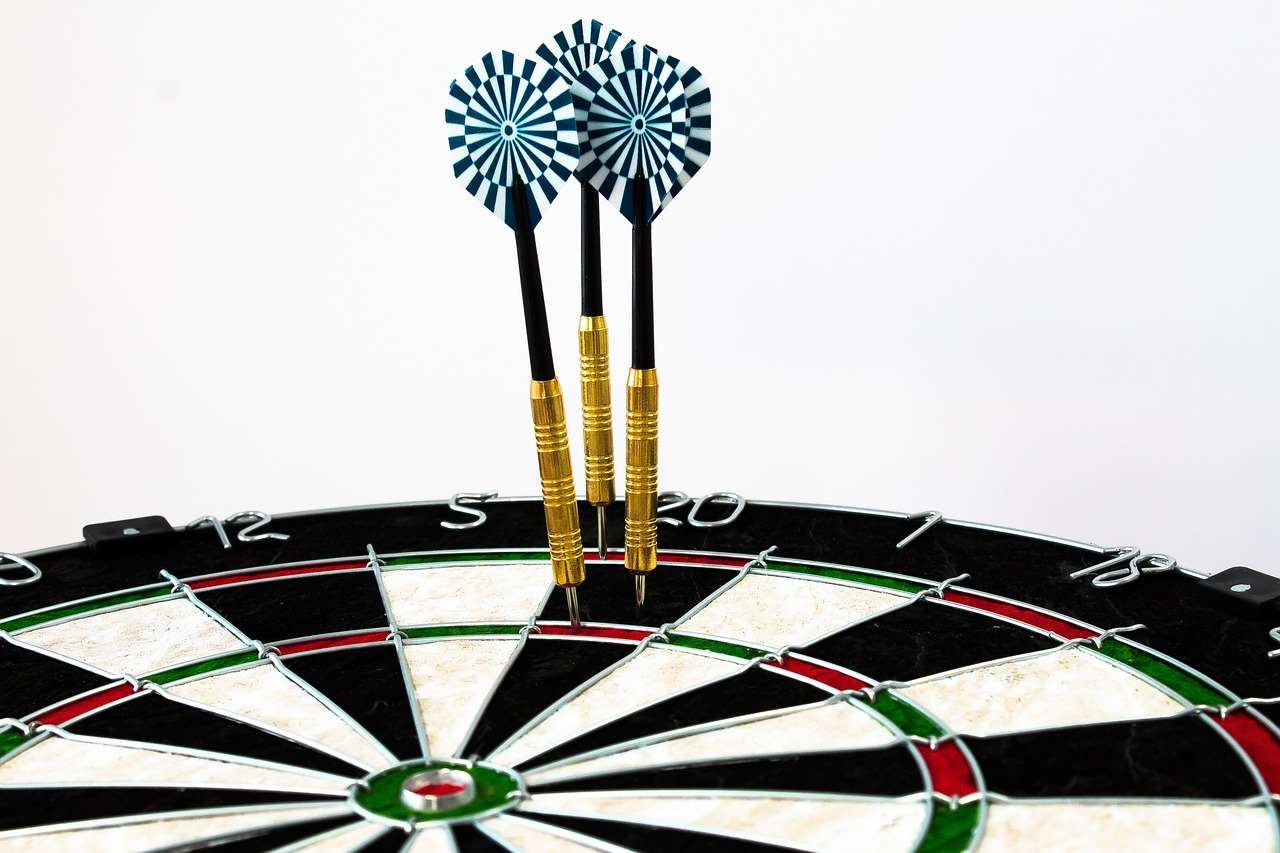
Historical Development of the Oche Distance
The history of the oche distance is shrouded in a bit of mystery, but one common story suggests it originated from the distance a local brewery deemed appropriate in a specific pub. While potentially apocryphal, it highlights the organic way the game developed. Early dart games likely had varying distances depending on the venue. As darts became more organized, especially with the formation of governing bodies like the British Darts Organisation (BDO) and the Professional Darts Corporation (PDC), the need for standardization became apparent. This led to the establishment of the 7′ 9 1/4″ distance that we know today.
While the exact rationale for this specific measurement is debated, it’s likely a combination of practical considerations and a desire to find a distance that was challenging yet achievable for the average player. It’s a compromise that has stood the test of time, becoming a defining feature of the sport. The evolution of darts rules and regulations, which we also look at when Adapting darts rules for beginners, has contributed to the current understanding of the sport.
The Role of Governing Bodies
Organizations like the BDO and PDC play a vital role in maintaining the integrity of the game. They enforce the standardized oche distance and other regulations, ensuring fair play in professional tournaments. These regulations contribute to the consistency and uniformity of the sport worldwide. Without these governing bodies, the game would likely be riddled with inconsistencies and disputes.
The Physics Behind the Oche Distance
The oche distance is not just about fairness; it also has a significant impact on the physics of the dart’s trajectory. At 7′ 9 1/4″, the distance allows for a reasonable flight path, minimizing the effects of minor imperfections in a player’s throw. It also provides sufficient time for gravity and air resistance to influence the dart’s flight, demanding a precise and controlled throwing motion. Understanding these physical factors is key to understanding **why oche distance specific length** is what it is.
A shorter distance would make the game too easy, reducing the need for accuracy and control. A longer distance, on the other hand, would magnify any errors in the throw, making the game excessively challenging and less enjoyable for many players. The current distance represents a balance, rewarding skill while still allowing for a degree of forgiveness. This balance keeps the game engaging for players of all skill levels.
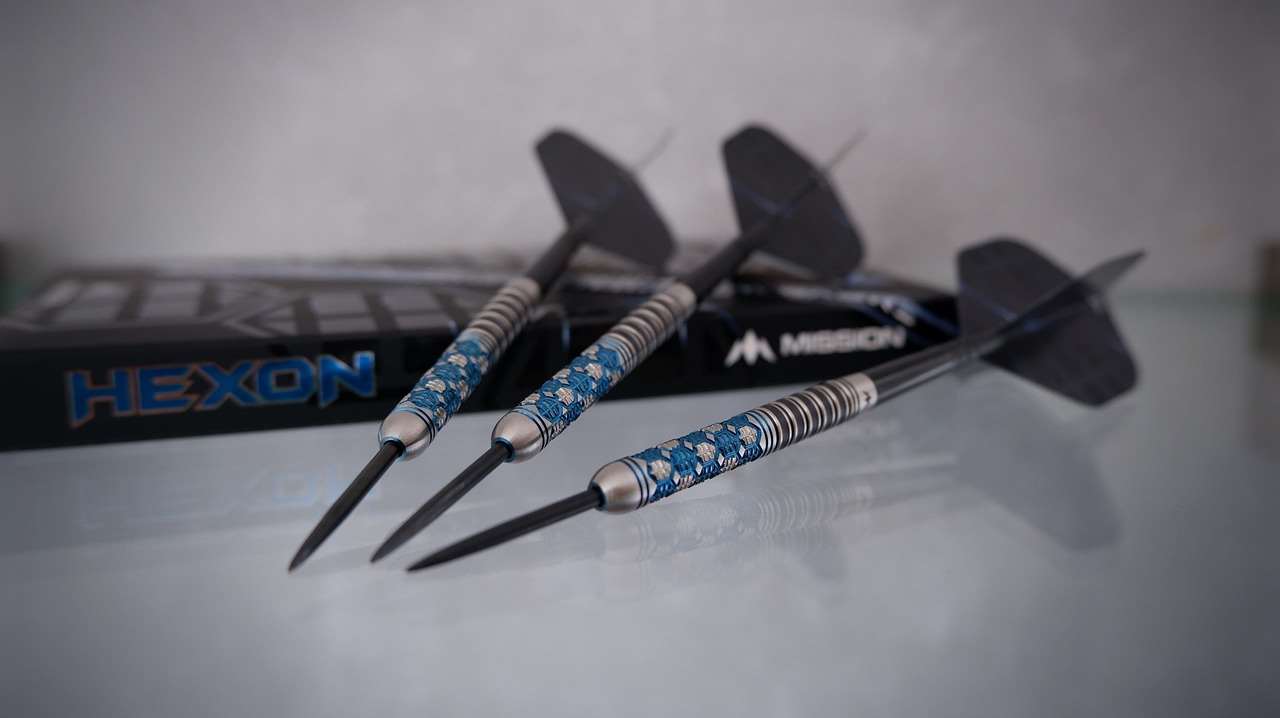
Impact on Gameplay and Skill
The established oche distance significantly shapes the skill set required to excel in darts. It necessitates a combination of precision, consistency, and mental fortitude. Players must develop a repeatable throwing motion that can consistently deliver darts to the target. This requires countless hours of practice and dedication. The distance also challenges players to maintain their focus and composure under pressure, especially during crucial moments in a match.
The distance also influences the strategies players employ. For example, players must carefully consider the trajectory of their darts and adjust their aim to compensate for gravity and air resistance. They must also be aware of subtle variations in their throwing motion and make adjustments accordingly. This constant need for adaptation and refinement is what makes darts such a compelling and challenging game. For more simple dart playing, Basic Darts Fundamentals for Beginners is a great starting point.
The Mental Game
Beyond the physical aspects, the oche distance plays a crucial role in the mental game of darts. The pressure of performing consistently at that specific distance can be immense, especially in high-stakes competitions. Players must develop strategies to manage their nerves and maintain their focus, even when facing challenging opponents or difficult situations. Mental resilience is a key differentiator between good players and great players.
Oche Distance Variations and Adaptations
While the 7′ 9 1/4″ distance is the standard for professional and competitive play, some variations exist for specific circumstances. For example, junior tournaments or games played by individuals with disabilities might use a shorter distance to make the game more accessible. These adaptations are crucial for promoting inclusivity and encouraging participation from a wider range of players. Adapting dart game rules for children allows youngsters to learn the basics in a way that suits their ability.
In informal settings, such as home games, players may also choose to adjust the distance to suit their preferences or the space available. While these variations are not in line with official regulations, they can make the game more enjoyable and accessible for casual players. However, it’s important to be aware of the standard distance and its impact on the game’s dynamics.
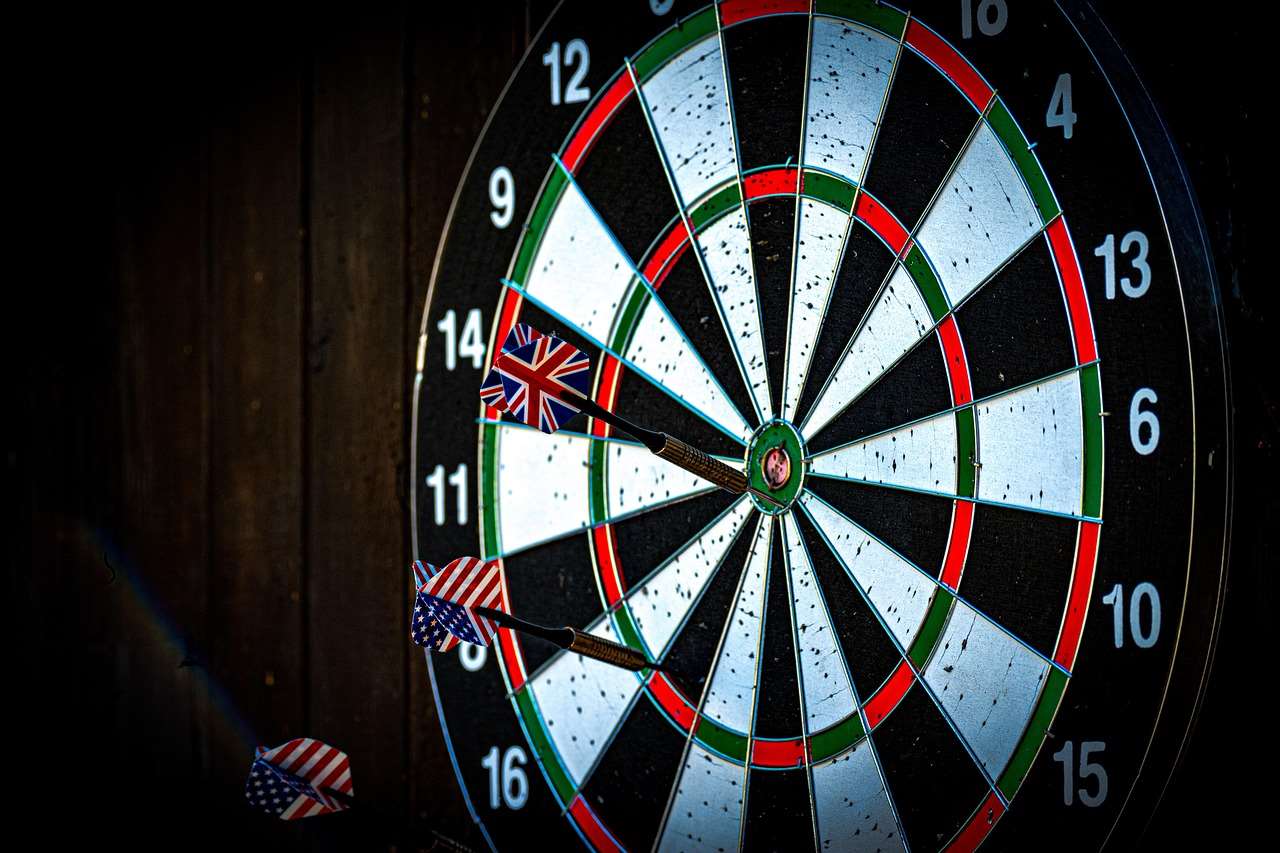
Tips for Setting Up Your Oche at Home
If you’re setting up a dartboard at home, ensuring the correct oche distance is crucial for practicing effectively and enjoying the game to its fullest. Here are some practical tips:
- Use a measuring tape: Accurately measure 7′ 9 1/4″ (2.37 meters) from the face of the dartboard to the front edge of where you will stand.
- Mark the spot: Clearly mark the oche line with tape or a designated oche mat. This will help you maintain consistency.
- Consider the floor surface: Make sure the floor in front of the oche is level and stable to avoid any imbalances in your stance.
- Regularly check the distance: Over time, the oche line may shift, so it’s good practice to periodically re-measure the distance.
The Future of Oche Distance and Darts
While the 7′ 9 1/4″ oche distance has remained constant for many years, the sport of darts is constantly evolving. Technological advancements, such as electronic scoring systems and improved dart designs, continue to shape the game. It’s possible that future innovations could lead to adjustments in the oche distance or other regulations. However, any changes would need to be carefully considered to ensure they maintain the integrity and fairness of the sport.
One potential area for future development is the use of virtual reality (VR) technology to simulate dart games. VR could allow players to practice and compete against others from anywhere in the world, regardless of physical space constraints. It could also potentially offer customizable oche distances and other game settings, catering to individual preferences and skill levels.
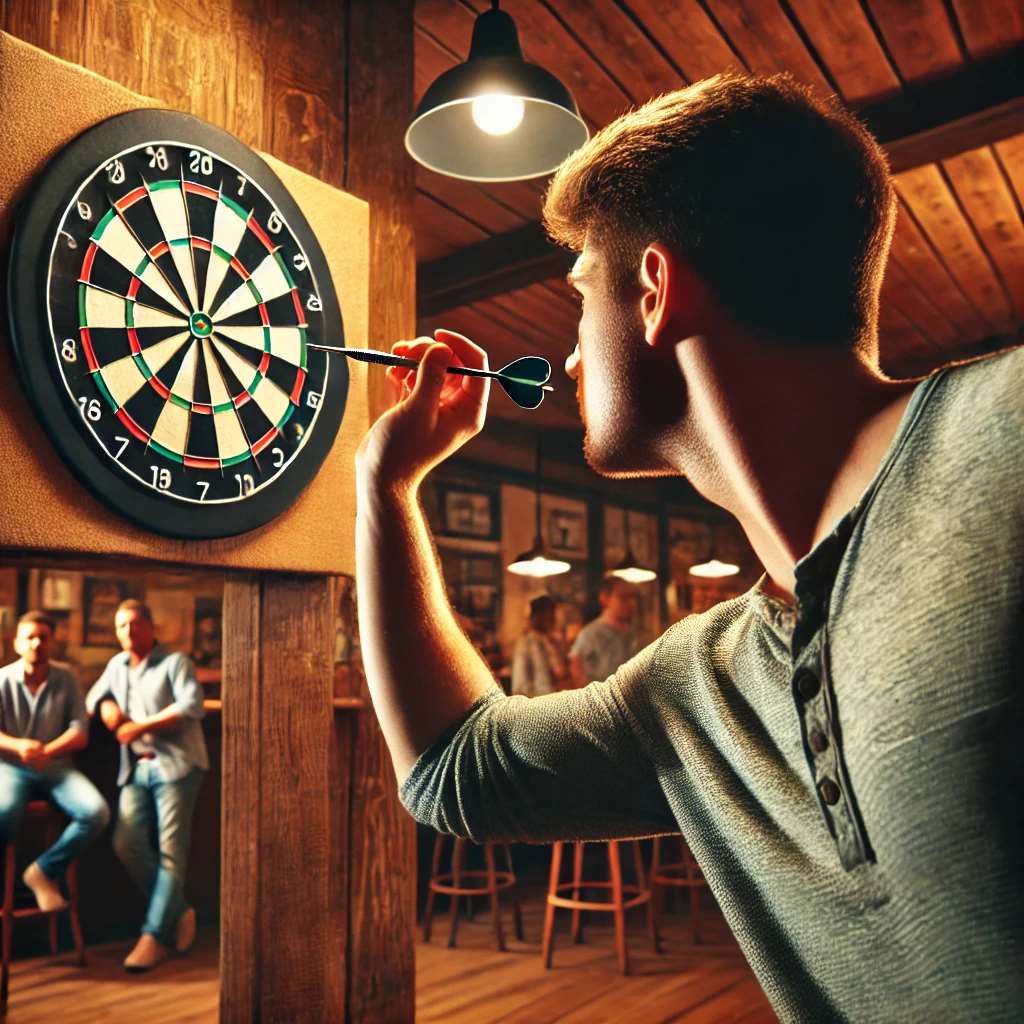
Addressing Common Oche Distance Misconceptions
There are a few common misconceptions surrounding the oche distance that are worth addressing. One is the belief that a slightly longer or shorter distance doesn’t make a significant difference. In reality, even a small deviation from the standard distance can have a noticeable impact on accuracy, especially for experienced players. Another misconception is that the oche distance is only important for professional players. While professional tournaments strictly adhere to the regulations, the distance is also relevant for amateur players who want to improve their game and develop consistent throwing techniques. If you would like to make darts accessible to many skill levels, you might be interested in Modifying rules for mixed-level dart players.
It’s also important to clarify that the oche distance is measured from the *face* of the dartboard, not the wall behind it. This distinction is crucial for ensuring accurate measurements and fair play. Taking the time to measure correctly can save many arguments.
Beyond the Measurement: The Spirit of the Oche
While adhering to the specific length of the oche distance is vital, it’s also worth appreciating the “spirit” of the oche – it represents the boundary between preparation and performance, between practice and the pressure of the game. It’s a symbolic line that all players, regardless of skill level, respect. Stepping up to the oche requires focus, confidence, and a commitment to fair play.
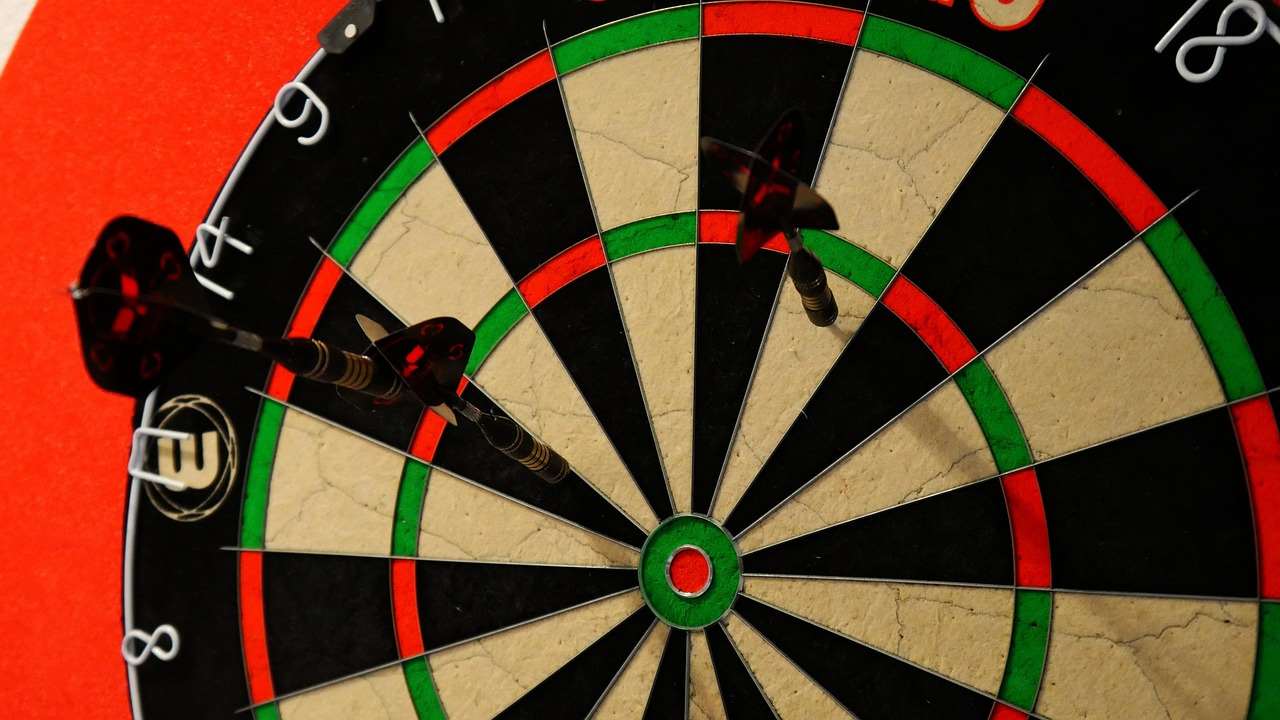
Understanding **why oche distance specific length** matters can enrich the experience of playing darts. It connects you to the history, physics, and psychology of the game. So next time you step up to the oche, take a moment to appreciate the significance of that unassuming line on the floor.
Conclusion
Understanding **why oche distance specific length** is set at 7 feet 9 1/4 inches is fundamental to appreciating the intricacies of darts. It’s a carefully calibrated measurement that balances fairness, skill, and the laws of physics, ensuring a competitive and enjoyable experience for players of all levels. The standardized distance promotes consistency, encourages skill development, and helps maintain the integrity of the sport. Whether you’re a seasoned professional or a casual player, respecting the oche distance is essential for upholding the spirit of the game. So, grab your darts, measure your oche, and step up to the line!
Ready to take your darts game to the next level? Check out our resources on dart throwing techniques and strategies to improve your accuracy and consistency. Start with understanding Basic Darts Fundamentals for Beginners, then delve into more advanced tactics. Good luck and happy darting!
Hi, I’m Dieter, and I created Dartcounter (Dartcounterapp.com). My motivation wasn’t being a darts expert – quite the opposite! When I first started playing, I loved the game but found keeping accurate scores and tracking stats difficult and distracting.
I figured I couldn’t be the only one struggling with this. So, I decided to build a solution: an easy-to-use application that everyone, no matter their experience level, could use to manage scoring effortlessly.
My goal for Dartcounter was simple: let the app handle the numbers – the scoring, the averages, the stats, even checkout suggestions – so players could focus purely on their throw and enjoying the game. It began as a way to solve my own beginner’s problem, and I’m thrilled it has grown into a helpful tool for the wider darts community.